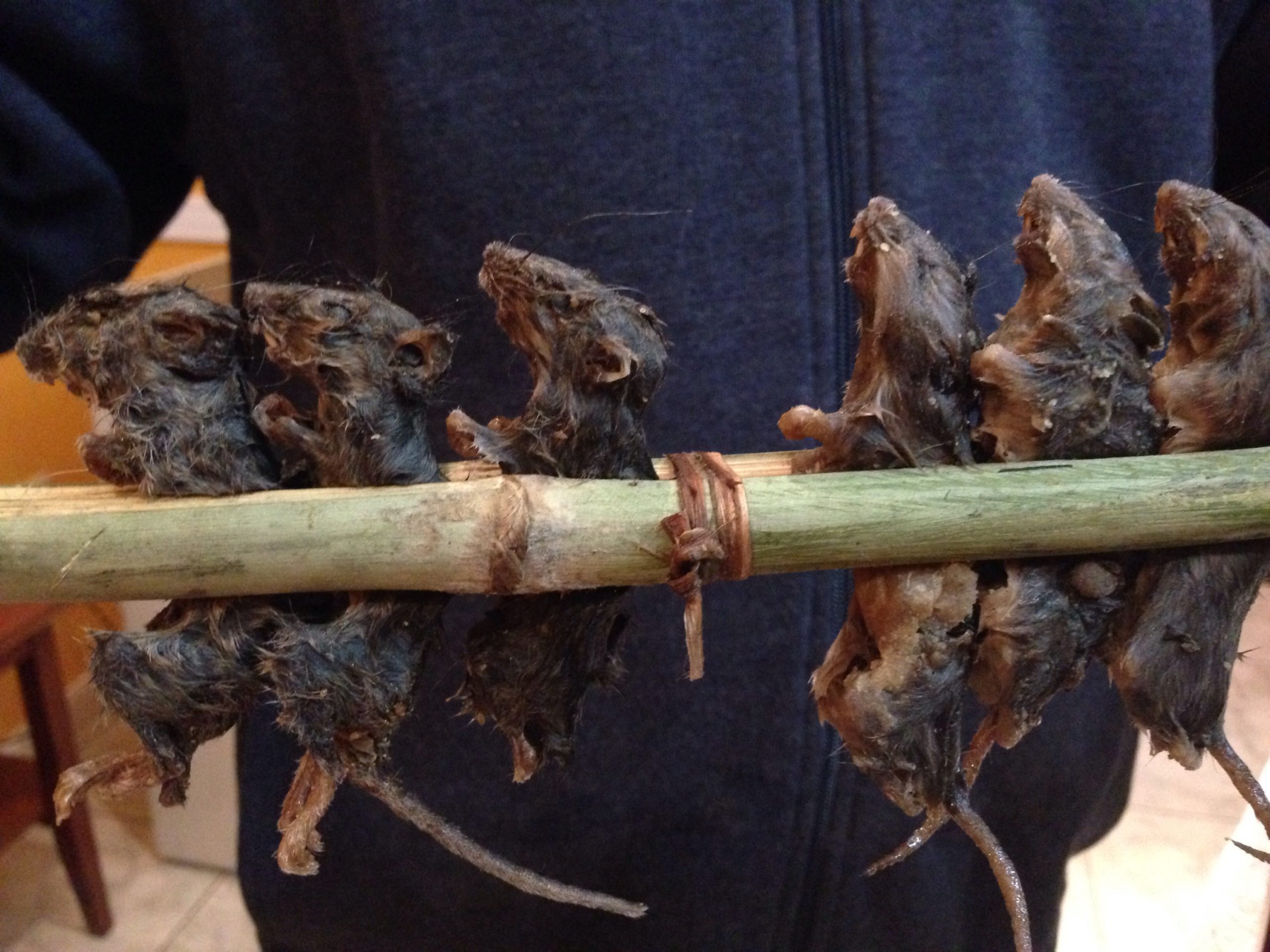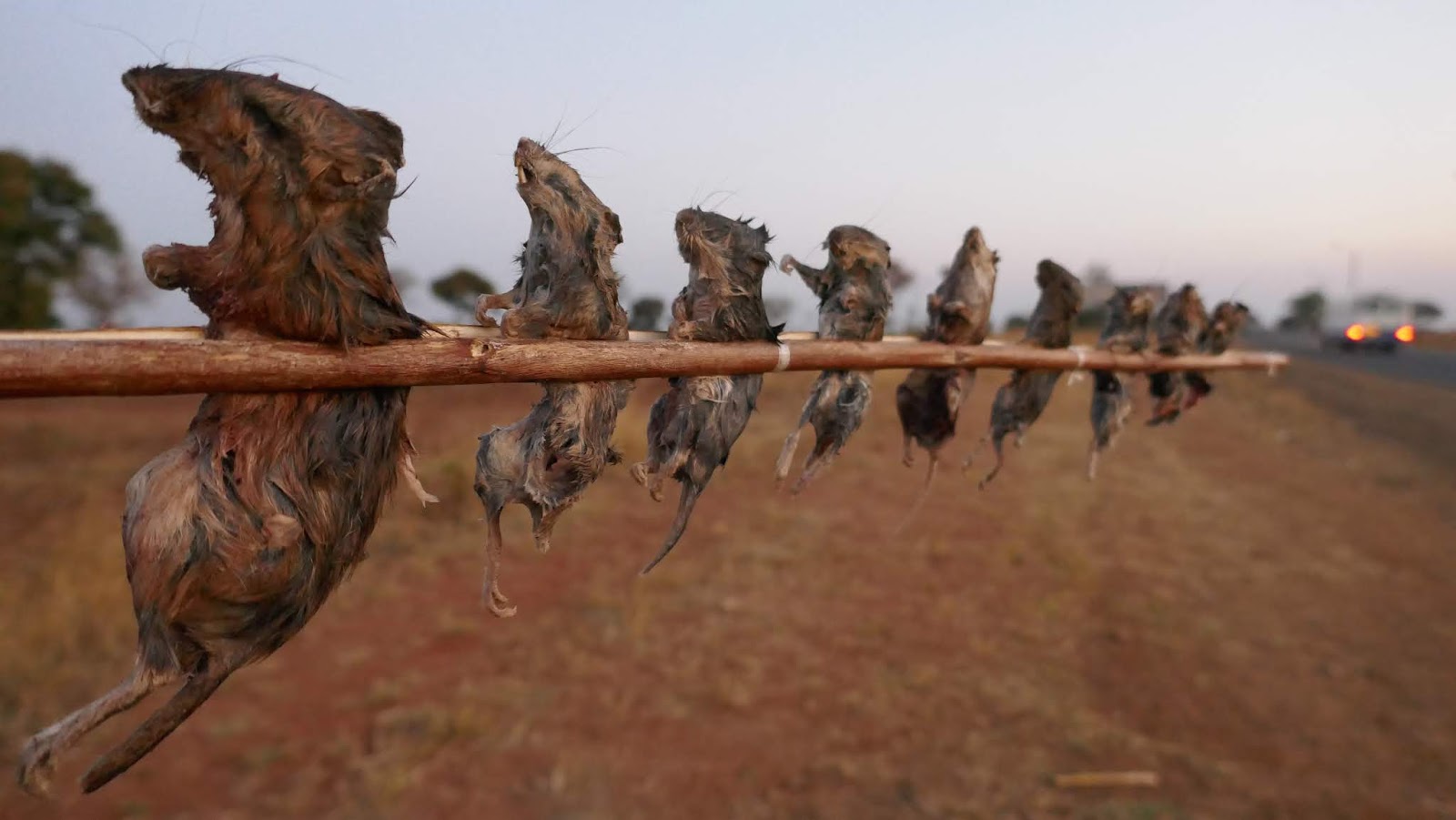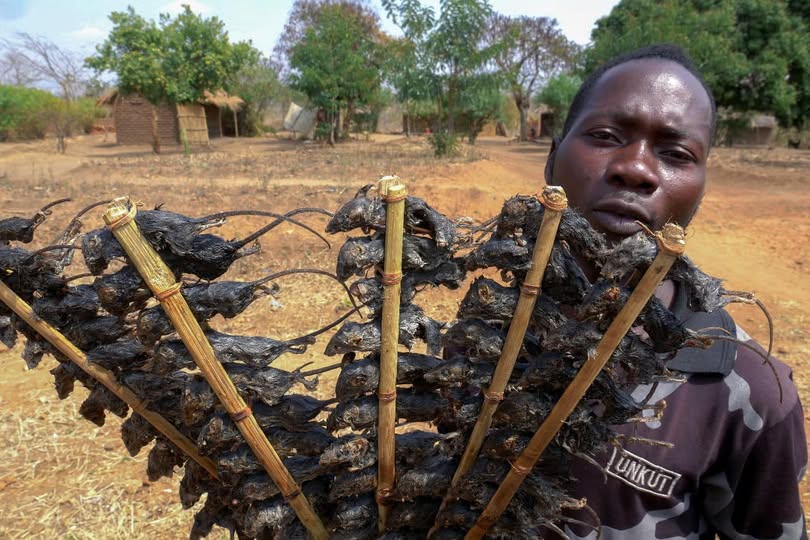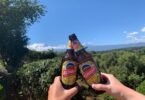Would you ever, even in your wildest dreams, picture yourself munching a whole lot of mice, known as mbewa in local Malawian dialect? A majority will give you an outright and distasteful ‘NO!’ Be as it may, wild rats are a is a local delicacy in Lilongwe District, Malawi, but it has also been welcomed in other parts of Malawi.
Former Malawian President Peter Mutharika endorsed the delicacy while he was in office. Speaking at a political rally in 2016, Mutharika urged Malawians to eat mice and grasshoppers. He said none of his people should die of hunger when the land has plenty of mice and grasshoppers, which are great protein sources.
Is Mbewa Eaten in Malawi?
Over the years, the communities in Lilongwe have made the delicacy a top choice over other meat options such as mutton or beef. They say that mbewa is rich in proteins and vitamins. How true this is; only scientists can ascertain or disprove. Nonetheless, there are different species of mice, the most common being akapuku. There is the Kapewa species, which is oily and eaten with a lot of ease, while the Madondwe species (large like squirrels) have a very sweet flavour and are lean.
Once the mice are hunted, their intestines are removed and soaked in salt inside a pot. It is then roasted over the fire with its fur (not for so long), and then impaled on a stick and garnished with salt and cayenne pepper before taking them off to the market. Others dry them for customers who prefer the delicacy fried.

Mbewa, (mice) is a delicacy in Malawi. Photo/africa is home
Essentially, mbewa is a popular street food in Lilongwe and along major highways leading to the capital. Transit drivers driving long-haul trucks to Lilolngwe or passing through Malawi as a transit point are target customers for vendors. Some of them shy away from eating mice for the first few times but later get used to it.
“My biggest fear was eating such an animal and I get a running stomach when on transit,” Morris Nkubu, a Kenya trucker told See Africa Today. “I was looking at other drivers who had been on the route longer than me enjoy the mice, and I couldn’t understand how they would have two mice at once.”
“It wasn’t until I tried when my truck developed a mechanical issue. I knew I would be in Lilongwe for a few days as it was being repaired so I had ample time to sort my stomach in case of any upsets. Surprisingly, all was well, and I loved the taste, although it’s not easy forgetting you’re eating a rat,” he explained with a smile.
Where Do You Get Mbewa in Malawi?

Mbewa (mice) is a common snack in Malawi. You will find it in Lilongwe and along major highways leading to the city. Photo/Capital News
The peak season for hunting mbewa is usually between April and August because it’s a harvest season. There is plenty of maize on the farms, which increases the number of mice in the fields. Children, too, are involved in the hunting of the mice by turning away the cornhusks and hitting the mice underneath with sticks.
Other methods used for hunting the larger species involve the use of smoke, which is blown to their hideout holes. Smoke makes mice dizzy, and they come out in a huff into a harvesting trap set at the mouth of the hole. They are then cut apart, and the intestines and other organs are harvested. The rest is roasted with its skin on and scraped off as the roasting process continues. Once the harvest season is on, the prices are relatively low at just $0.14, but once the season is over, it hikes to $0.28 per stick of mbewa.
Low supply drives the prices upwards while plenty supply lowers the prices.








